
 Caravaggio (15711610)
Caravaggio (15711610)  Contents Delphi Classics 2014 Version 1
Contents Delphi Classics 2014 Version 1  Masters of Art Series Michelangelo Merisi da Caravaggio
Masters of Art Series Michelangelo Merisi da Caravaggio  By Delphi Classics, 2014
By Delphi Classics, 2014
The Highlights

Milan Caravaggios birthplace

A map of Milan in the 16 th Century

Chalk portrait of Caravaggio by Ottavio Leoni, c. 1621 THE HIGHLIGHTS

In this section, a sample of some of Caravaggios most celebrated works are provided, with concise introductions, special detail reproductions and additional biographical images.
YOUNG SICK BACCHUS

Completed circa 1593, this early self-portrait depicts the artist as Bacchus, the Roman god of wine. According to Caravaggios first biographer, Giovanni Baglione, the work was a cabinet piece created with the aid of a mirror. It dates from Caravaggios first years in Rome, after his arrival from his native Milan in 1592. Sources tend to agree that at one point the artist fell ill and spent six months in the hospital of Santa Maria della Consolazione, possibly suffering an ailment like malaria, which would explain the jaundiced appearance of the skin and the icterus in the eyes, as portrayed in Bacchus.
The painting demonstrates the artists precocious ability to blend three genres into one canvas: portraiture, classical subject matter and still-life. Apart from its assumed autobiographical content, this early painting was likely used by Caravaggio to promote his variety of skills, demonstrating his virtuosity in painting genres such as still-life and portraits and hinting at the ability to paint the classical figures of antiquity. The three-quarters angle of the face was a popular convention of late Renaissance portraiture, though some art historians regard Caravaggios portrayal of a sick Bacchus, a classical god, as a statement that classical art is flawed, highlighting the artists preference for naturalism, represented by the beautiful detail of the still-life peaches and grapes in the paintings foreground. The still-life can be compared with other examples in slightly later works, such as Boy With a Basket of Fruit and Boy Bitten by a Lizard, where the fruits are in a much better condition, reflecting no doubt Caravaggios improved health. The painting also demonstrates the influence of his current master, the Bergamasque Simone Peterzano, in the depiction of the tensed musculature and of the austere Lombard school style in its attention to realistic details. 
 Detail
Detail  Detail
Detail  Detail
Detail  Simone Peterzano (c. 1540-1596) was a painter of Mannerism and a native of Bergamo. 1540-1596) was a painter of Mannerism and a native of Bergamo.
Simone Peterzano (c. 1540-1596) was a painter of Mannerism and a native of Bergamo. 1540-1596) was a painter of Mannerism and a native of Bergamo.
He is now mostly remembered for being the master of Caravaggio.
BOY WITH A BASKET OF FRUIT

Completed in 1593, this painting is housed in the Galleria Borghese in Rome and presents Mario Minniti, a Sicilian model, who was the friend and companion of Caravaggio. It is believed the work dates to the period when the artist worked for Cavalier dArpino, completing minor work, such as painting flowers and fruits, in the workshop, though the painting may date from a slightly later period when Caravaggio and Minniti had left dArpinos workshop to make their own way selling paintings through the dealer Costantino. The canvas depicts a young fruit seller from the streets of Rome, bearing a dreamy and sensual expression, whilst clutching a basket of fruit to his chest. The fruits are depicted with vivid and rich detail, along with the minute precision of the baskets weave. At one level the painting is a genre piece designed to demonstrate the artists ability to depict everything from the skin of the boy, the folds of his robe and the blemishes on the fruit.
However, later commentators have speculated on the implied sexuality of the piece, emphasised by the boys expression and the rich symbolism of the fruit. 
 Detail
Detail  Detail
Detail  Detail
Detail  Giuseppe Cesari (1568-1640) was a Mannerist painter, also named Il Giuseppino and called Cavaliere dArpino, because he was created Cavaliere di Cristo by his patron Pope Clement VIII. He was much patronised in Rome by both Clement and Sixtus V. He was the chief of the studio in which Caravaggio trained after arriving in Rome.
Giuseppe Cesari (1568-1640) was a Mannerist painter, also named Il Giuseppino and called Cavaliere dArpino, because he was created Cavaliere di Cristo by his patron Pope Clement VIII. He was much patronised in Rome by both Clement and Sixtus V. He was the chief of the studio in which Caravaggio trained after arriving in Rome.  The Borghese Gallery in Rome, Italy, housed in the former Villa Borghese Pinciana.
The Borghese Gallery in Rome, Italy, housed in the former Villa Borghese Pinciana.
CARDSHARPS

This 1594 painting is generally considered by many art historians to be the artists first major work.
CARDSHARPS
 Next page
Next page
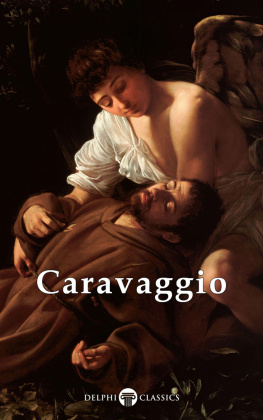

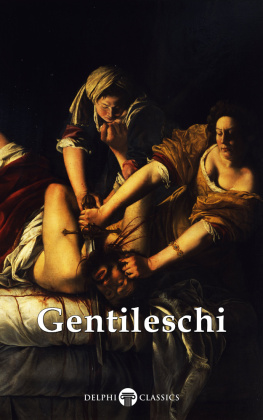
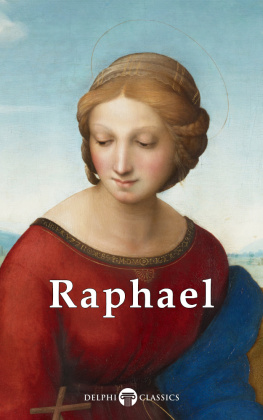

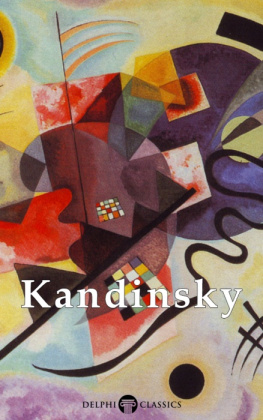
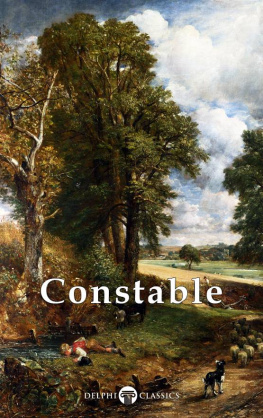
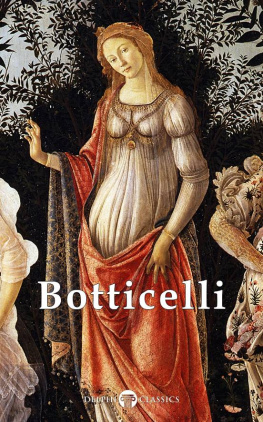
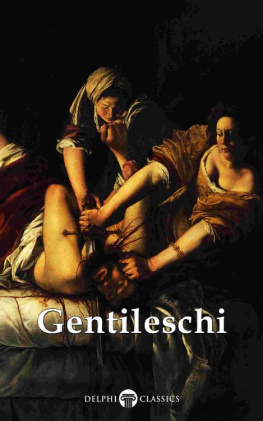
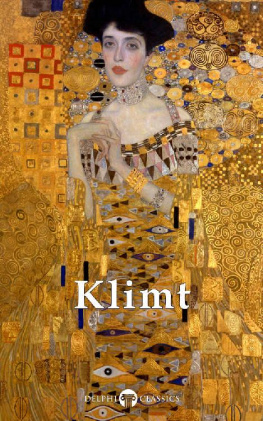

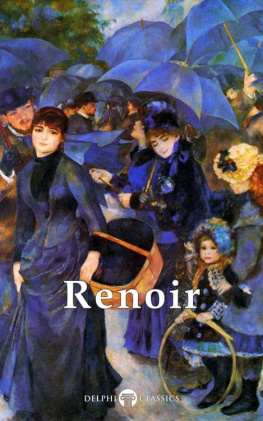


 Caravaggio (15711610)
Caravaggio (15711610)  Contents Delphi Classics 2014 Version 1
Contents Delphi Classics 2014 Version 1  Masters of Art Series Michelangelo Merisi da Caravaggio
Masters of Art Series Michelangelo Merisi da Caravaggio  By Delphi Classics, 2014
By Delphi Classics, 2014 Milan Caravaggios birthplace
Milan Caravaggios birthplace  A map of Milan in the 16 th Century
A map of Milan in the 16 th Century  Chalk portrait of Caravaggio by Ottavio Leoni, c. 1621 THE HIGHLIGHTS
Chalk portrait of Caravaggio by Ottavio Leoni, c. 1621 THE HIGHLIGHTS  In this section, a sample of some of Caravaggios most celebrated works are provided, with concise introductions, special detail reproductions and additional biographical images.
In this section, a sample of some of Caravaggios most celebrated works are provided, with concise introductions, special detail reproductions and additional biographical images. 
 Detail
Detail  Detail
Detail  Detail
Detail  Simone Peterzano (c. 1540-1596) was a painter of Mannerism and a native of Bergamo. 1540-1596) was a painter of Mannerism and a native of Bergamo.
Simone Peterzano (c. 1540-1596) was a painter of Mannerism and a native of Bergamo. 1540-1596) was a painter of Mannerism and a native of Bergamo.
 Detail
Detail  Detail
Detail  Detail
Detail  Giuseppe Cesari (1568-1640) was a Mannerist painter, also named Il Giuseppino and called Cavaliere dArpino, because he was created Cavaliere di Cristo by his patron Pope Clement VIII. He was much patronised in Rome by both Clement and Sixtus V. He was the chief of the studio in which Caravaggio trained after arriving in Rome.
Giuseppe Cesari (1568-1640) was a Mannerist painter, also named Il Giuseppino and called Cavaliere dArpino, because he was created Cavaliere di Cristo by his patron Pope Clement VIII. He was much patronised in Rome by both Clement and Sixtus V. He was the chief of the studio in which Caravaggio trained after arriving in Rome.  The Borghese Gallery in Rome, Italy, housed in the former Villa Borghese Pinciana.
The Borghese Gallery in Rome, Italy, housed in the former Villa Borghese Pinciana.